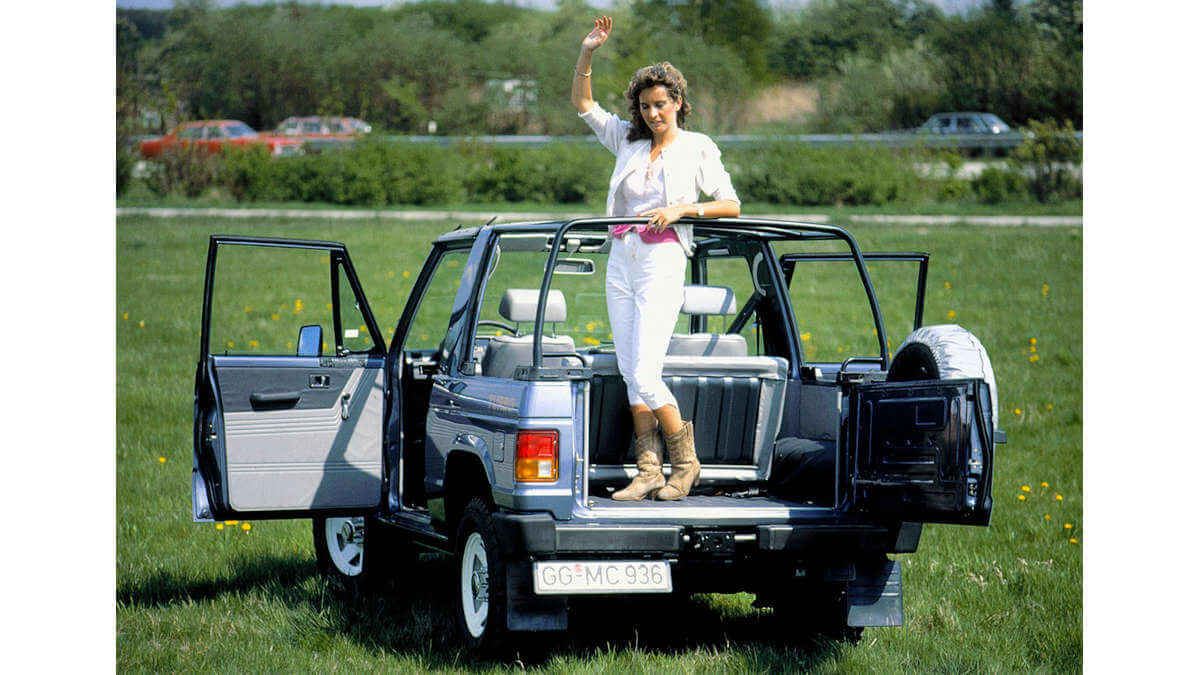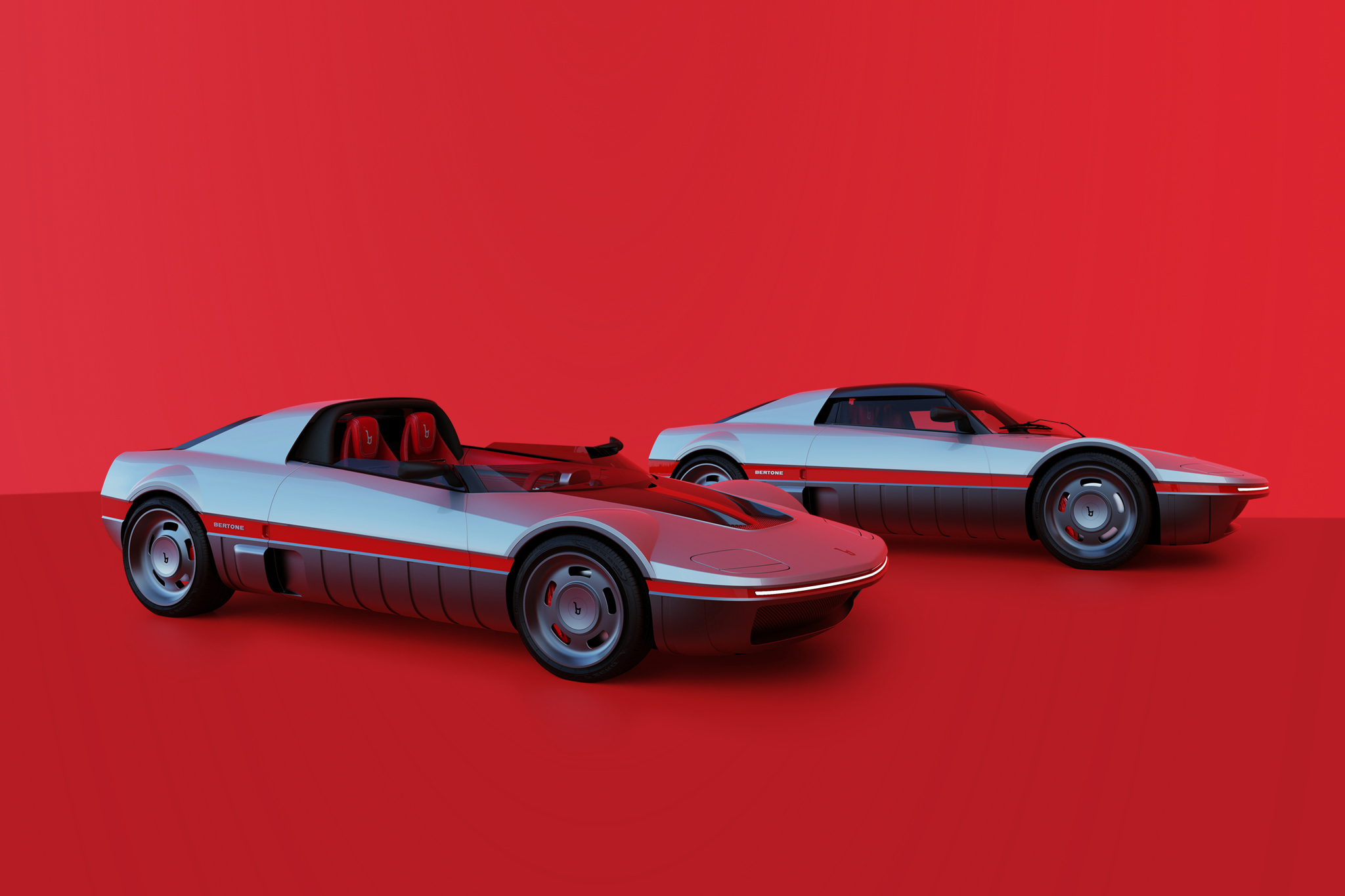40 Years of Mitsubishi Pajero
Production of an off-road legend recently came to an end in Japan. This previously ran for almost 40 years in four model generations from the assembly line. As can be seen from the headline, it was the Mitsubishi Pajero, which in some countries was better known as the Montero or Shogun. The four-wheel drive history of Mitsubishi Motors goes back to 1934. At that time, the Japanese government commissioned Mitsubishi Heavy Industries to develop a compact military vehicle. A total of four prototypes of the PX33 were built. Series production didn’t take place. However, Japan decided that Mitsubishi should build trucks and buses instead. It wasn’t until almost 40 years later that the subject was taken up again. In the meantime the American Jeep was produced under license. A concept vehicle called the Pajero was exhibited for the first time at the Tokyo Motor Show in 1973. The Pajero II concept car followed five years later.
Three body variants
These concepts prepared the production off-roader both visually and technically. This made its debut in Tokyo in 1981 and was available at Japanese dealers from early 1982. International sales began in 1983, but Mitsubishi had to change the model designation in Spanish-speaking countries. The importers there rightly pointed out that the word “Pajero” in Spanish vulgar language means “wanker”. So the Pajero became the Montero there. In Great Britain, on the other hand, the name Shogun was chosen. The first model version was a three-door body variant with a fixed roof. Alternatively, there was also a convertible with soft top. From February 1983, the longer five-door model with up to seven seats followed. Depending on the market and model year, there were different gasoline and diesel engines with four or six cylinders available. Unusual for the time was the use of turbodiesel engines.




















































Successes at the Paris-Dakar
Shortly after the market launch, the first Pajero with slight modifications appeared in long-distance rallies. Mitsubishi set up its own factory racing team to demonstrate the off-road vehicle’s capabilities. Andrew Cohan competed in the 1984 Paris-Algiers-Dakar Rally, finishing in third place. Over the next two decades, the factory team and numerous private drivers competed in this and other rallies with the Pajero. Mitsubishi dominated the podium in the production-based T2 category and in the heavily modified vehicle class T3 until 2007. In total, the Japanese brand achieved 12 overall victories in the car class of the Paris-Dakar and 150 stage wins. In the late 1990s, they put out 2,500 units of the Pajero Evolution to homologate rear suspension modifications for the T2 class.
Three more generations until 2021
In addition to off-road drivers and rally fans, other groups of buyers were also enthusiastic about the Mitsubishi Pajero. Its robust design and powerful powertrains enabled towing loads of up to 3.5 tons. Horse and boat trailers, as well as transport trailers for tradesmen, could therefore be hooked up without difficulty. When the second model generation followed in 1991, the production tools for the first Pajero were sold to Hyundai. There it rolled off the production line as the Galloper until 2003. The third generation provided a basis for rally versions for the last time, although Mitsubishi competed with fully modified prototypes in the meantime. The fourth and final generation rolled off the production line between 2006 and 2021. This off-roader ceased to be sold in Europe as early as 2018, and sales in Japan stopped in August 2019. Only Australia and a few other countries continued to get new vehicles until the beginning of 2021.
Images: Mitsubishi Motors




